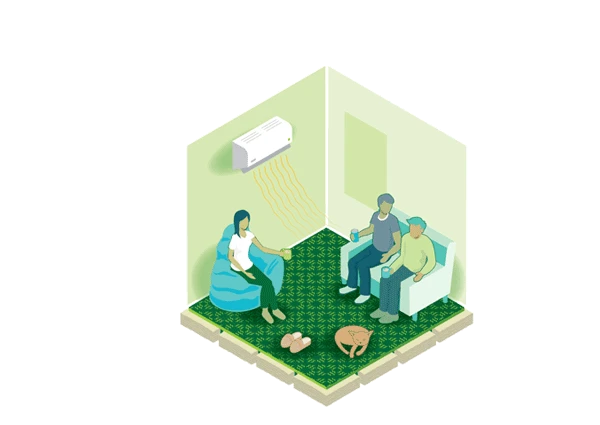Make sure you know the law and safety rules when working with insulation. If you’re not sure about managing the risks, hire a professional.
Foil insulation is banned
Safety warning
![]() Do not touch foil insulation without turning off the power at the mains first as there is an electrocution risk. If you have any doubts, contact a qualified electrician. If you need to remove foil insulation, hire a qualified professional.
Do not touch foil insulation without turning off the power at the mains first as there is an electrocution risk. If you have any doubts, contact a qualified electrician. If you need to remove foil insulation, hire a qualified professional.
Even after turning off the power at the mains, proceed with caution as in some instances the foil may still be live.
- Ban on installing or repairing foil insulation in residential buildings
- Worksafe’s Electrical Code of Practice on foil insulation: NZECP 55 Managing Electrical Risks Associated with Electrically Conductive Thermal Insulation [PDF 377KB]
Foil insulation that is in reasonable condition does not currently need to be replaced, but will likely need to be replaced to meet the healthy homes standards.
If the foil insulation is damaged it must be replaced with insulation that meets the new requirements.
Checking insulation safely
If it is safe, open your ceiling hatch to check the insulation in your roof space. Check your underfloor insulation to make sure it hasn't shifted over time, and that there aren't any gaps.
- Watch EECA's video on checking ceiling insulation(external link)
- Watch EECA's video on checking underfloor insulation(external link)
If you're not sure of the location, type and condition of the insulation, seek advice from an experienced professional insulation installer.
Before inspecting the insulation make sure the area is safe. If you are entering the subfloor, turn the power off at the mains as there is an electrocution risk. Anyone who inspects foil insulation even after turning off the power at the mains must proceed with caution as in some instances the foil may still be live.
You should also:
- Take safety precautions – wear safety equipment, including gloves, dust mask, overalls, protective eye and footwear.
- Be careful when using ladders and stepladders.(external link)
- Make sure that someone is nearby and can help if you need it.
- Stand on the framing when you are moving around the roof space to avoid damaging or falling through the ceiling.
- Make sure the required clearances are in place for items that get hot, eg downlights, downlight transformers and flues.
- Make sure open downlights are free of potentially flammable debris like loose fill insulation – if you find some debris, call a licensed electrician. More on this is covered in the New Zealand Standard NZS 4246:2016(external link).
Installing insulation safely
Landlords can install insulation themselves, but there can be serious safety risks to both landlord and tenant if it’s not done properly, including:
- fire risk from ceiling insulation being incorrectly installed or moved to cover downlights, chimney flues, or other safety clearances
- electrocution risk from stapling electrical cabling when installing underfloor insulation.
Landlords could also face insurance and liability consequences for faulty or negligent installation.
If you are not certain you can meet all the regulations including safety rules, you are strongly advised to contact a qualified professional insulation installer.
- Choose an installer at Insulation Association of New Zealand(external link)
- Choose an installer at Genless(external link)
Meeting the New Zealand Standard
Whoever is installing the insulation must do it in accordance with New Zealand Standard NZS 4246:2016(external link).
Last updated: 09 January 2025


